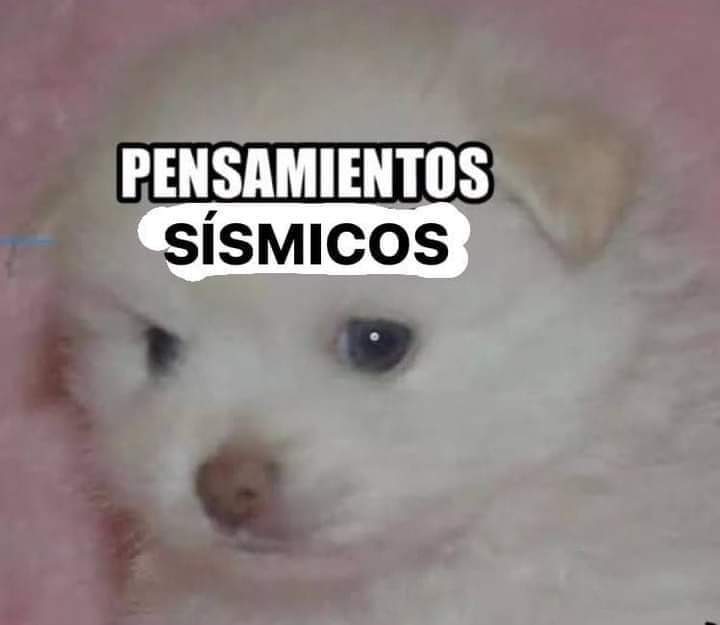His face says “your tits aren’t big enough for me to put up with all this screaming.”
I mean, she’s right.
Bro, not only are they sentient, the trees fucking hate us. Allergies aren’t just something that happens as a quirk of evolution. Those trees are filling the air with their jizz in a coordinated effort to take us out bro. The trees are trying to kill us bro.

Yes. Is that sent where Vader’s executor crashed into it?
M Night Shyamalan did a documentary on this I think
There’s a theory that allergies are getting worse due to an imbalance of gender selection when planting trees in urban environments. Here is some additional context.
I’m sorry to say that that is most likely a myth that scientists have been hyping each other up about.
https://www.sciencealert.com/does-a-vast-network-of-fungi-connect-forests-heres-what-we-know
It’s an interesting hypothesis run amok because a core group of biologists WANTED it to be true so badly.
There’s a GREAT episode (ep. 425) from the In Defense of Plants podcast that covers the misinformation and misunderstanding perfectly.
I just want to point out that this source indicates researchers reviewed 1500 papers on the topic and found that unsupported claims had doubled.
However, they never indicate the number or give a percentage of those 1500 papers that featured unsupported claims.
So is it doubling from 2 to 4, or from 700 to 1400? Because that’s a major difference.
This is a problem with AI articles on science. They skim other AI articles and repeat without bringing all the important facts with them. Then we get dozens of results for one claim about science, with only maybe one or two original sources.
Then the idea spreads through reddit or whatever forum you prefer.
We know trees share resources, that they have been demonstrated to signal pain and danger to other plants, that they signal food availability to pollinators via electromagnetic fields. We have had hard evidence for all of this.
Yes? Hard evidence? Where?
Y’all mf’ers need to read The Secret Life of Plants. It’s fascinating.
It’s from the 1970s or 80s, and it talks about this stuff in extreme depth - plant communication, plants understanding their environment… Long range communication & telepathic plants…
You gotta understand, there’s absolutely zero science to it – TSLoP is richly detailed with unconfirmed anecdotal evidence, some lady said this, a man from Tucson said this other thing, etc. If it was real, it would be world changing, but, at this point, it’s a pretty crazy claim that would need some pretty crazy evidence.
But it’s still fascinating – both from it’s own kayfabe, like, imagine a world in which this was real – and in terms of “conspiracy theories” – is not a conspiracy but it’s clear bullshit so the who and why of it’s believers is interesting. Because it’s not like most conspiracies, which usually eventually lead back to antisemitic and Christian supremacist stuff. TSLoP is a legit leftist conspiracy, all its own thing.
So, if you see The Secret Life of Plants at a used bookstore for a couple dollars, pick it up, it’s really neat.
I like this comment for many reasons, but I’ll mention just that I have never heard the word “kayfabe” until today and I love it!
I hadn’t heard it either until FD Signifier used it in a video. I guess it originally referred to the “in universe” fiction of professional wrestling, but FD took it out of that context and now I use it all the time – well, it doesn’t come up that often, but it’s a concept that’s needed a word for a while now… Especially now that “alternative facts” are becoming so prevalent.
This comment is the definition of joie de vivre.
The mycorrhizal networks are a real phenomenon, and as recently as 2016 were confirmed to share resources between trees.
Researchers exposed certain trees to a specific carbon isotope and found their unfed neighbors were processing that specific isotope despite not being exposed.
We’ve also found that many plants generate interacting electrical fields that help promote pollination and may indicate to pollinators which plants are ready to be harvested.
We’ve also found, by sequencing fungal DNA, that mother trees do have a resource sharing preference for their direct offspring.
We don’t have hard evidence for direct communication between trees, in the sense that we don’t speak tree. We do have hard evidence that they share resources, have preferences, express pain signals externally and other plants react, and can indicate information to other species.
A few years ago, a group of giraffes were placed in a field surrounded by enough acacia trees to ensure their food, but after a short time the giraffes began to get sick. The cause is the acacias. These, when the giraffe eats its shoots, releases a toxic substance to the other shoots that makes them toxic and also sends signals to the surrounding acacias that also make them toxic. The giraffes, therefore, in freedom, after eating from an acacia, move to others of several km to continue in these, but this in an enclosure was not possible.
Thank you for taking the time to comment in this thread.
Consider that human neuron makes around 7000 connections, while plant cells via plasmodesma may make from 1k to 100k connections.
We have such a human-centric and focused interpretation of knowing, and what qualifies as intelligence. Something that these recent series of advances should impress upon you is that maybe, complexity alone is enough. Obviously whatever we’ve built out of silicon isn’t something we’d describe as intelligence. But the hint that maybe just ‘having a preposterous number of connections’ might be sufficient for emergent properties like reason and memory and identity.
So then what about plants? Discount the incredible relationships they make with fungi. Just plants are foreign enough to us to maybe give you a bit of caution. They are easy to take for granted because they are so ubiquitous. Internally they’re as networked as you or I. They’re constantly gathering information about the world around them. What does a plant know of the wind or the sun? Where would a plant put its ‘self’ if it had one?
Probably not in my butt, but that’s where it’s going! ;)
If complexity alone is enough, then why wouldn’t silicon brains connected to multiple external sensors be enough? The computer scientist are even starting to experiment with bio fuel cells that convert light to energy, and using fuzzy logic for AI networks. Our brains are giant fuzzy logic processors.
It’s a start: https://link.springer.com/book/10.1007/978-981-13-8922-1
This kid looks like a young Tom holland
For some updated information on the continued research into plant communication, I would suggest a video by Anton Petrov
Mindblowing Video of Plants Talking to Each Other In Real Time









